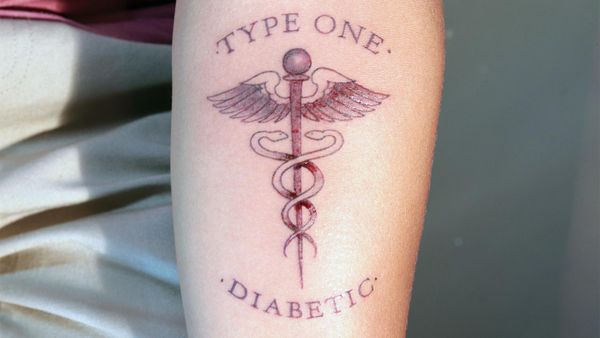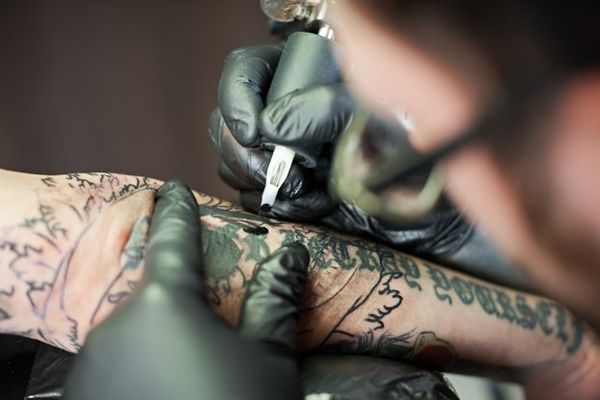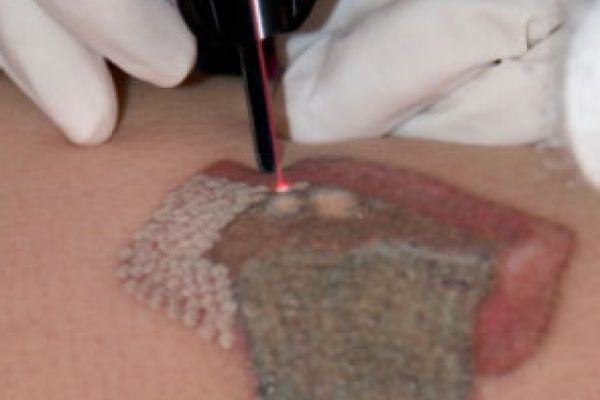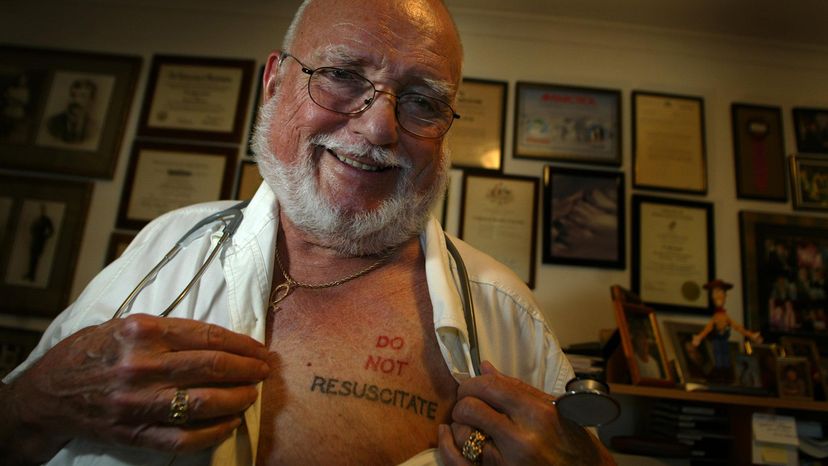
Tattoos can ask a lot of the reader. Actor Melvin Van Peebles's neck tattoo famously states "Cut on the dotted line — if you can," while an "Insert coins in slot" lower back tattoo continues to make the rounds in internet memes. Naturally, neither inscription is to be taken literally.
But when an unconscious 70-year-old man showed up at a Miami hospital with a "Do not resuscitate" (DNR) tattoo on his chest, intensive care doctors were uncertain how to proceed. As detailed in a letter to the New England Journal of Medicine, the tattoo also included the man's (presumed) signature, but without identification or family on the scene, it didn't amount to a clear, legal DNR order.
Advertisement
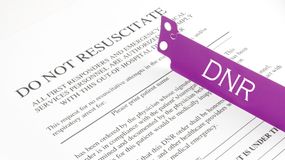
Medical tattoos are nothing new – and they've raised controversy before. As reported in USA Today, medical tattoos were already on the rise in 2014 to alert doctors to conditions such as diabetes. Yet while some doctors support the convenience of medical tattoos, most agree that a standardized medical ID bracelet is still the best choice. Because while a tattoo certainly has sticking power, legibility and decipherability may be an issue, especially during a medical emergency.
Sure enough, Doctors Holt, Sarmento, Kett and Goodman of the University of Miami stated in their letter that the DNR tattoo "produced more confusion than clarity." Was it a legal request regarding end-of-life care? Did it actually convey a sincere wish, or was it more inline with "Cut on the dotted line?"
The doctors initially refused to honor the DNR tattoo and initiated intravenous fluid resuscitation, among other standard measures. Conflicted by the seeming determination of the tattoo, they consulted ethics expert Dr. Kenneth W. Goodman, who advised them to honor the tattoo and issue an official DNR order.
Fortunately, a social worker obtained the patient's Florida Department of Health "out-of-hospital" DNR order to back up the tattoo, and the doctors were not forced to proceed on tattoo alone. Later that night, the patient "died without undergoing cardiopulmonary respiration or advanced airway management."
The letter to the New England Journal of Medicine "neither supports nor opposes the use of tattoos to express end-of-life wishes when the person is incapacitated," but until such time as medical alert tattoos are a standardized and regulated aspect of medicine, you're probably better off with an old-fashioned pen-and-paper DNR form.
Advertisement
